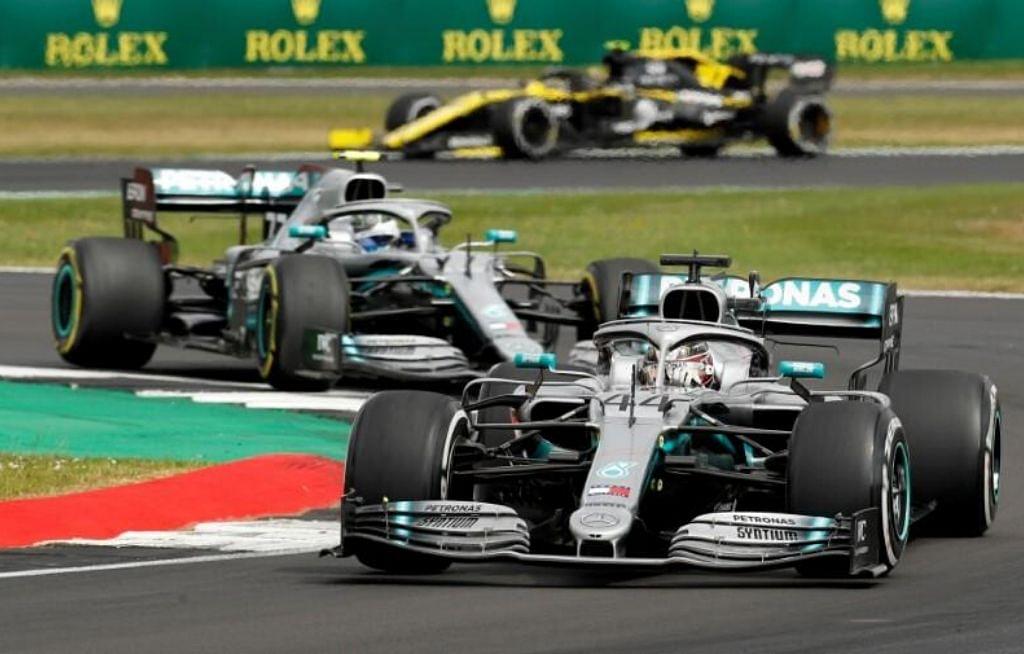Qualifying ahead of the Grand Prix is one of the most important aspects of a race weekend in Formula 1. Teams and drivers are on their toes to capture the highest spot on the grid for the lights out on race day.
Formula 1 usually has a three-day long weekend. On Friday, it holds two Free Practice sessions, which drivers often use to settle down on the track. On Saturday, the day commences with the 3rd Free Practice session followed by the Qualifying session.
2023 2024
Who’s up ⬆️ who’s down ⬇️#F1 #BahrainGP pic.twitter.com/IFmcfc8CCd
— Formula 1 (@F1) March 1, 2024
After the drivers secure their positions on the grid they go racing on Sunday which concludes with a Grand Prix winner. But how does qualifying work in Formula 1 and how do the drivers settle on their respective grid positions?
The first thing one needs to know is that Qualifying depends on the elimination of drivers. For the same, they divide the session into three parts- Q1, Q2 and Q3.
What are Q1, Q2, and Q3 in qualifying?
Q1: For the first 18 minutes (Q1), all 20 cars on the track try to set the fastest time. The slowest five cars are eliminated, earning the bottom grid positions in their order of finishing. Drivers are allowed to complete as many laps as they want in this session. Usually, drivers don’t get more than two or three laps to set their fastest time.
Q2: During the next 15 minutes of action, the 15 remaining cars take to the track once again. The lap time that they set in the previous round gets canceled and they have to start afresh. Again, the slowest five cars are eliminated. These five cars place themselves between the grid positions of 11 to 15 in the order of their finishing. The remaining drivers progress through to the top 10, where the pole position is decided.
Q3: In the last ten minutes, the last 10 cars fight for the pole position or P1 on the grid. The fastest car finishes P1 and the slowest finds itself in P10. The cars complete several laps of the tracks, usually completing two runs during the 10 minutes before the final grid is decided.
How many laps are there in qualifying?
There is no designated number of laps that a driver needs to run during qualifying. The number of laps run by a driver depends on multiple factors such as the length of the track, the amount of time remaining in a session and the strategy of the team.
Usually, the drivers try to clock in as many laps as they can to secure a good starting position but they have to consider many factors about their car as well.
The team and drivers have to be careful about tire wear and fuel consumption as they need to conserve both of those for the main race day. Therefore, the number of laps that each driver completes varies. Usually, the stronger teams want to get done with Q1 with just one lap, whereas the weaker ones try putting in at-least two, maybe three. Q2 onwards, however, the drivers look to put in at least two laps in order to get the fastest time possible.
These were the rules of qualifying ahead of a normal race weekend. For Sprint races, however, which were introduced in 2021, the rules are slightly different.
How does Sprint qualifying work?
The format of Sprint qualifying was first introduced in the 2021 season and is a new way of deciding the starting grid position. It is held on Friday instead of the traditional Saturday.
The drivers are given a little less time to place themselves as high as possible. In fact, because of the shorter duration, it is termed as a sprint shootout. Sprint qualifying too, is divided into three parts. They are known as SQ1, SQ2 and SQ3. The time drivers get are shorter too, with the sessions lasting for 12, 10 and 8 minutes respectively.
The rules for each of these sessions, are same as the normal format. However, the final grid order affects only the sprint race. The sprint shootout, or the sprint race has no effect in the grid set for the main race.
Attempt to reform but backtracked
FIA planned to tweak the existing law back in 2016 by hitting away from the elaborated knockout round stated above to an elimination-style format, where every 90 seconds a driver drops out.
There were still three sessions, but the timings were changed and only eight drivers made it through to Q3. However, this new reform had no fame among drivers and fans, who all demanded the previous method be restored. The authorities were compelled to bring back the current qualifying round just after two races, with the elimination format being scrapped.




